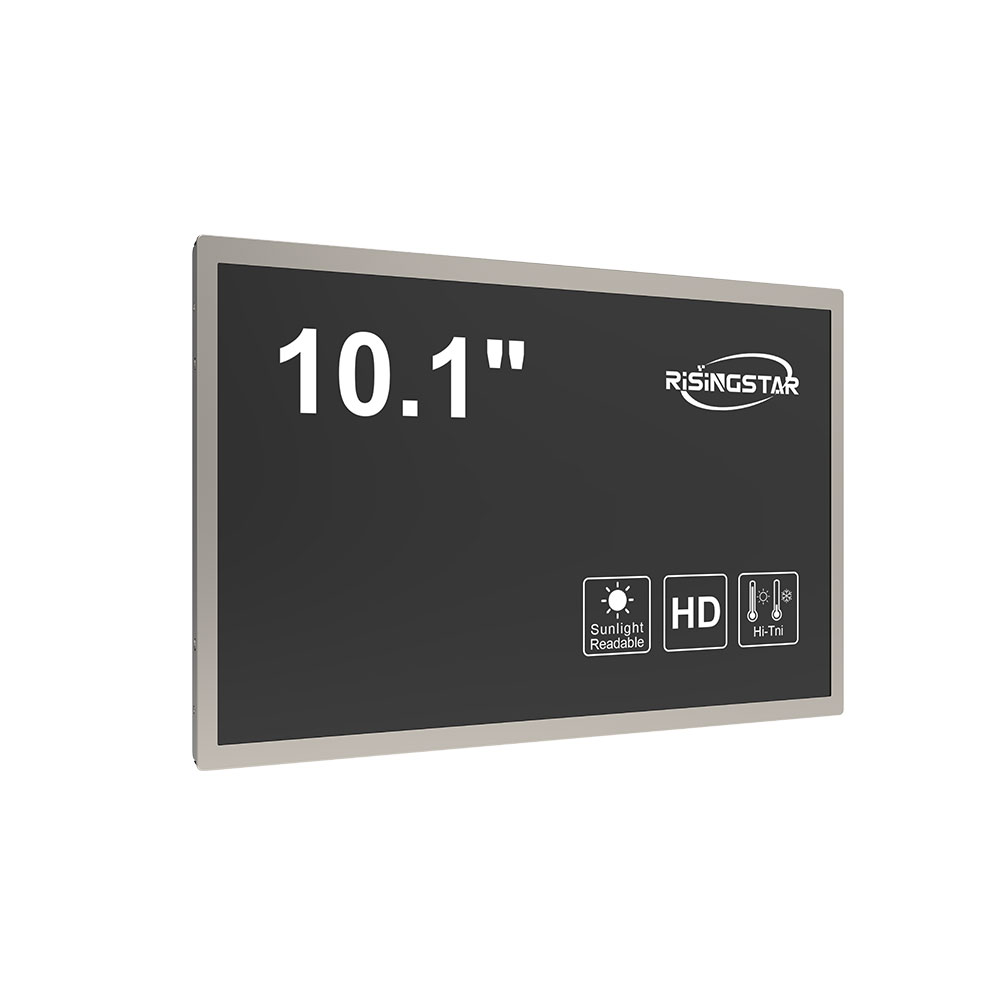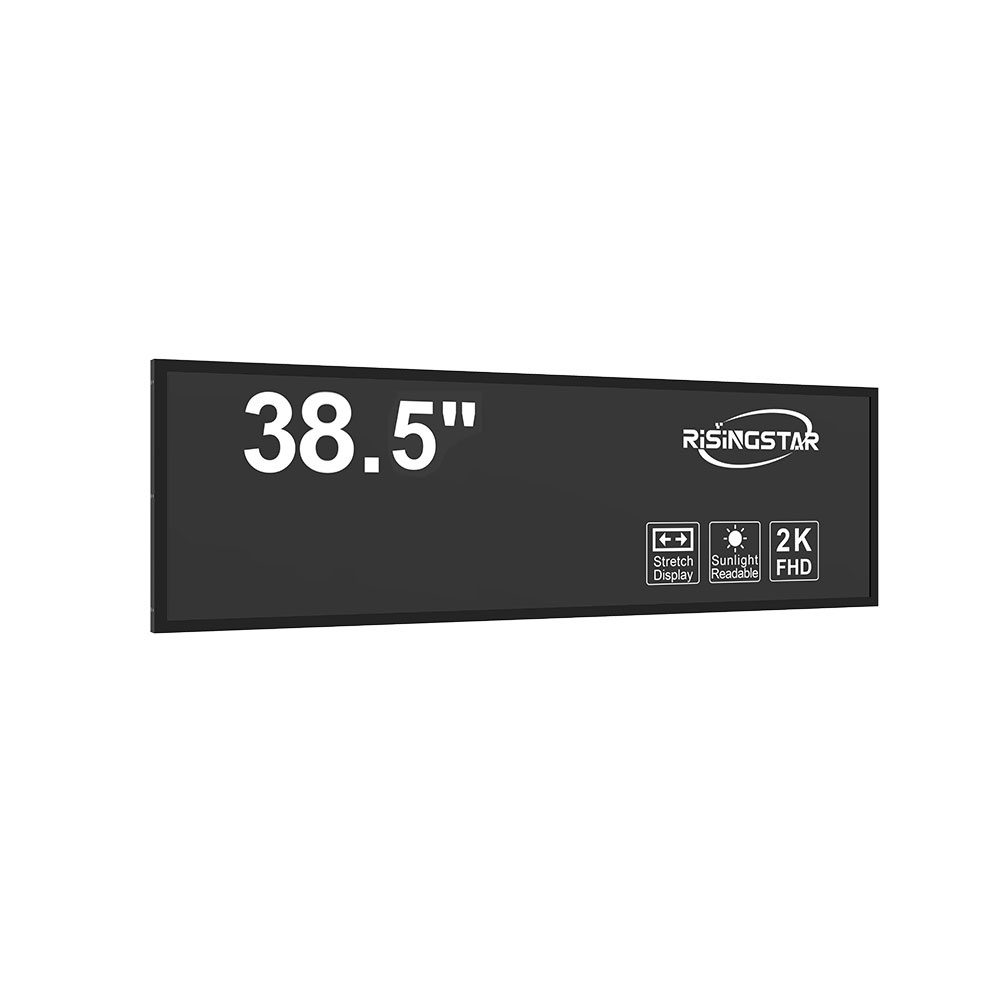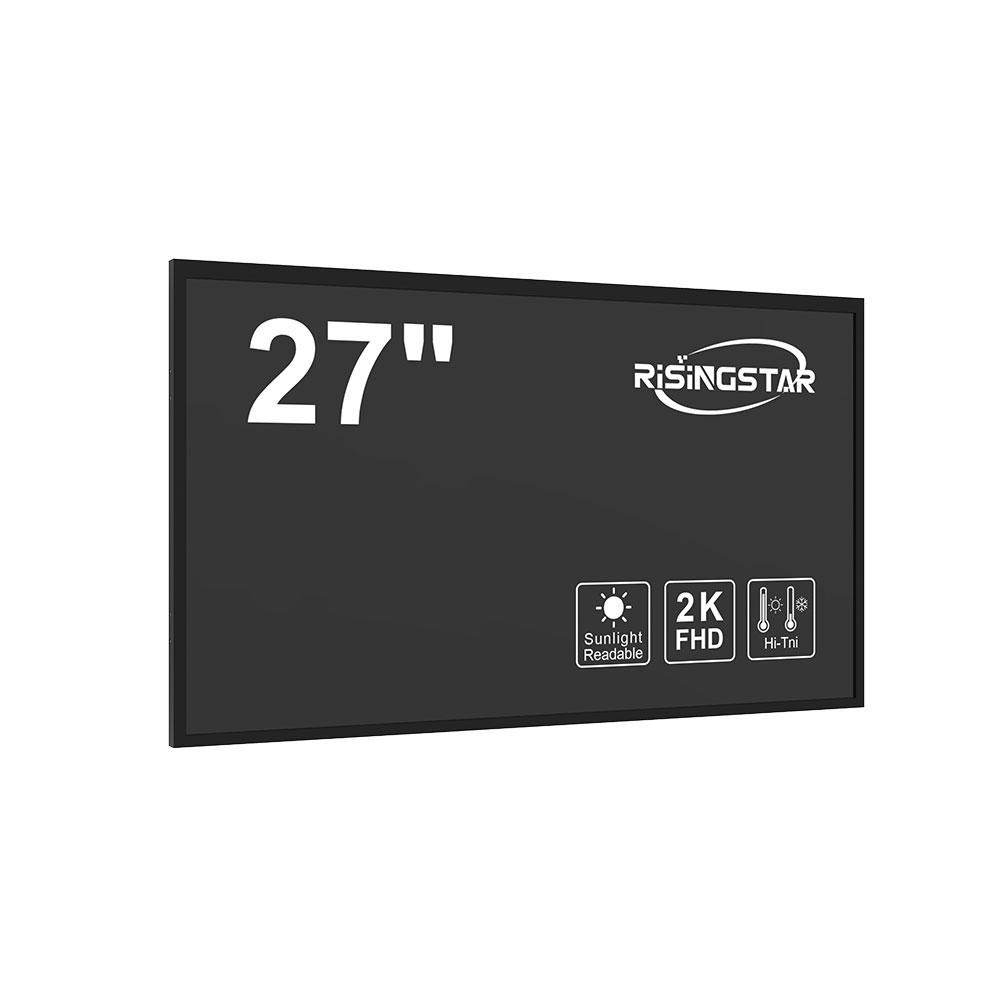
Privacy statement: Your privacy is very important to Us. Our company promises not to disclose your personal information to any external company without your explicit permission.
When designing outdoor digital signage, industrial control panels, or public information systems, choosing the right display technology is critical. Among the most common options are IPS (In-Plane Switching) and TFT (Thin-Film Transistor) LCDs—both widely used but with key differences in performance, visibility, and durability. Understanding these distinctions ensures optimal system reliability under harsh environmental conditions.
TFT LCDs were among the first mass-produced flat-panel displays, offering better image quality than older CRT monitors. They use a grid of thin-film transistors to control each pixel’s brightness and color. While cost-effective and widely available, traditional TFT panels suffer from narrow viewing angles and poor color consistency when viewed off-axis—critical drawbacks for outdoor installations where users may view the screen from multiple directions.
IPS technology, developed as an improvement over standard TFT, offers significantly wider viewing angles (up to 178°), more accurate color reproduction, and superior image stability. This makes IPS ideal for applications such as kiosks, traffic information boards, and retail digital signage exposed to sunlight or ambient light. Industry studies by LG Display and Sharp confirm that IPS panels maintain up to 95% of original contrast even at extreme angles—a key metric for outdoor usability.

Outdoor environments demand not just good visuals but also high brightness and robustness. Modern IPS and TFT panels both now support peak brightness levels exceeding 5000 nits, meeting the IEC 62305 standards for solar radiation resistance. However, IPS panels typically offer better anti-glare coatings and enhanced UV resistance due to their advanced polarization layers. For example, a 2023 case study by Samsung Display showed that IPS-based outdoor screens maintained 85% readability under direct sunlight for over 10,000 hours—outperforming comparable TFT units by nearly 20%.
Durability is another differentiator. IPS panels generally have longer lifespans (rated at 50,000+ hours of continuous operation) compared to many TFT models, which often degrade faster under thermal stress. In cold climates (-30°C to +60°C operating range), IPS also performs more reliably due to its stable liquid crystal alignment. According to the Society for Information Display (SID), IPS modules show 30% less pixel degradation over time in outdoor HVAC-controlled enclosures.

For engineers and integrators, selecting between IPS and TFT should be based on application-specific needs: if you need consistent color accuracy, wide-angle visibility, and long-term reliability outdoors, IPS is the clear choice. If budget constraints are tight and viewing angles aren’t critical, a well-lit TFT panel might suffice—but it’s rarely the best option for true outdoor deployment.

In conclusion, while both technologies serve the broader LCD market, IPS has emerged as the preferred standard for professional outdoor applications due to its superior optical performance, durability, and compliance with international display standards like EN 60950-1 and ISO 14119 for safety and environmental resilience.
Email to this supplier

Privacy statement: Your privacy is very important to Us. Our company promises not to disclose your personal information to any external company without your explicit permission.